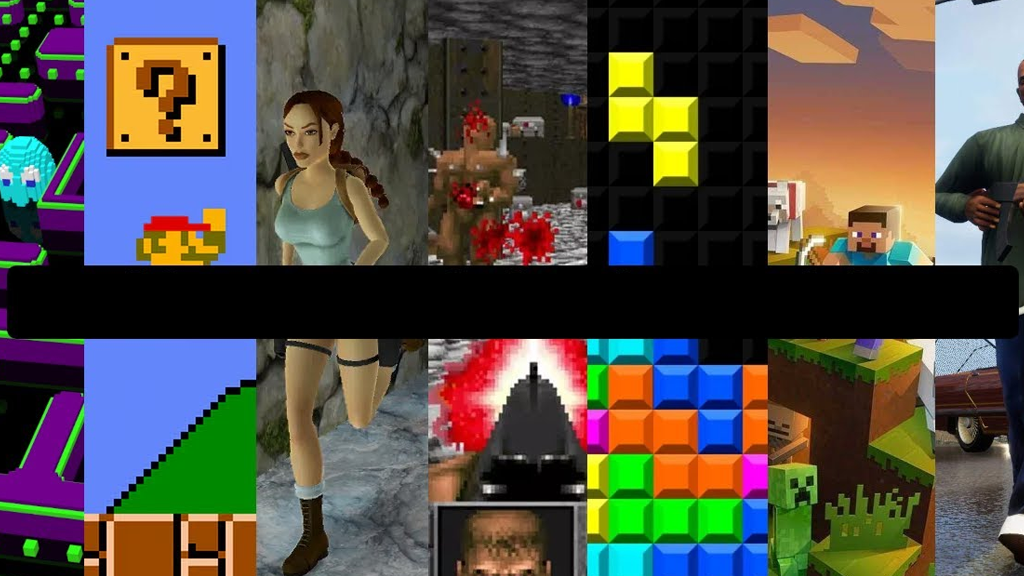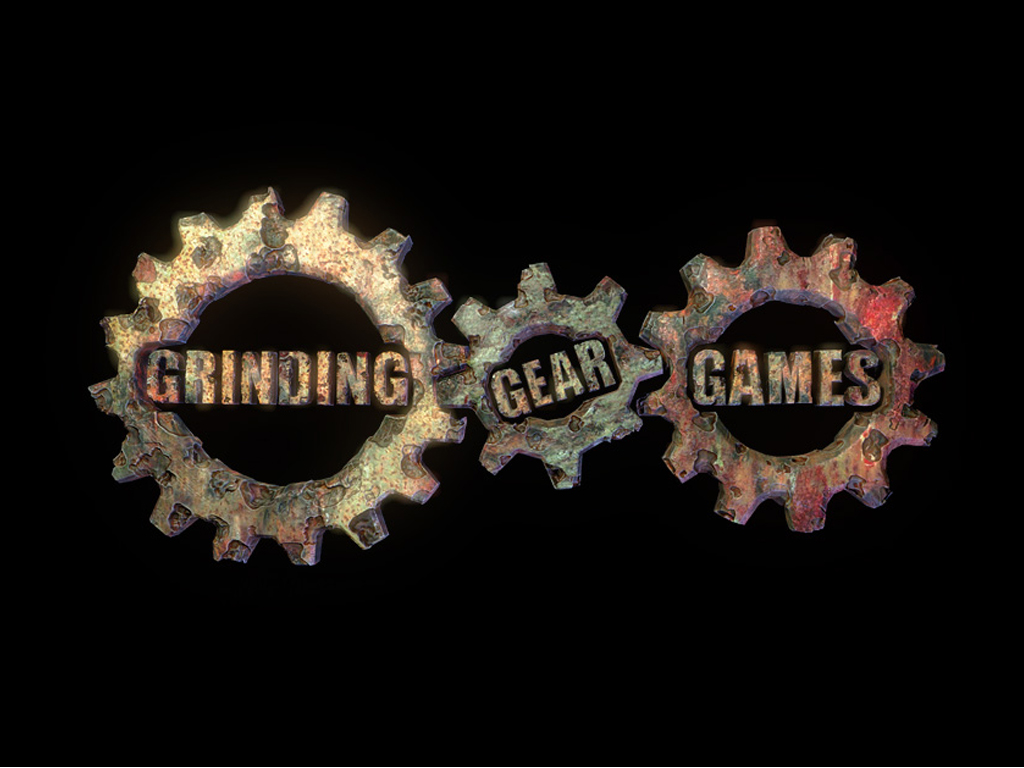Video games are all about creativity, connection, and shared experiences. It’s not just about playing games; it’s about bringing together people who share a passion for gaming. There are major events like PAX and E3 where fans meet developers to celebrate their favorite games, as well as local events like Play by Play and NZGDC. Plus, online platforms like Twitch and YouTube let people watch and share gameplay, making it easy to connect with others in the gaming community.
Games are also seen as a form of art, sparking conversations about stories, visuals, and their impact on society. As you start learning about game design, you’ll join a passionate community that values collaboration and creativity. Get ready to make your own mark in this exciting world!
...Long story short
Video games, emerging from simple experiments in the 1950s, have evolved into a major cultural force, deeply influencing modern pop culture. From early arcade hits like "Pong" to today’s expansive virtual worlds, video games have not only shaped entertainment but also created diverse career opportunities in design, programming, and media. This growth has embedded video gaming into the fabric of contemporary society, making it a pivotal element of both artistic expression and economic innovation.
The many milestones.
The video game industry has been a cornerstone of entertainment for decades. Here are a few key milestones that have shaped and advanced the industry into what it is today:
-
1972: "Pong" - As one of the first commercially successful arcade games, "Pong" by Atari helped establish video gaming as a mainstream entertainment medium and set the stage for the arcade boom.
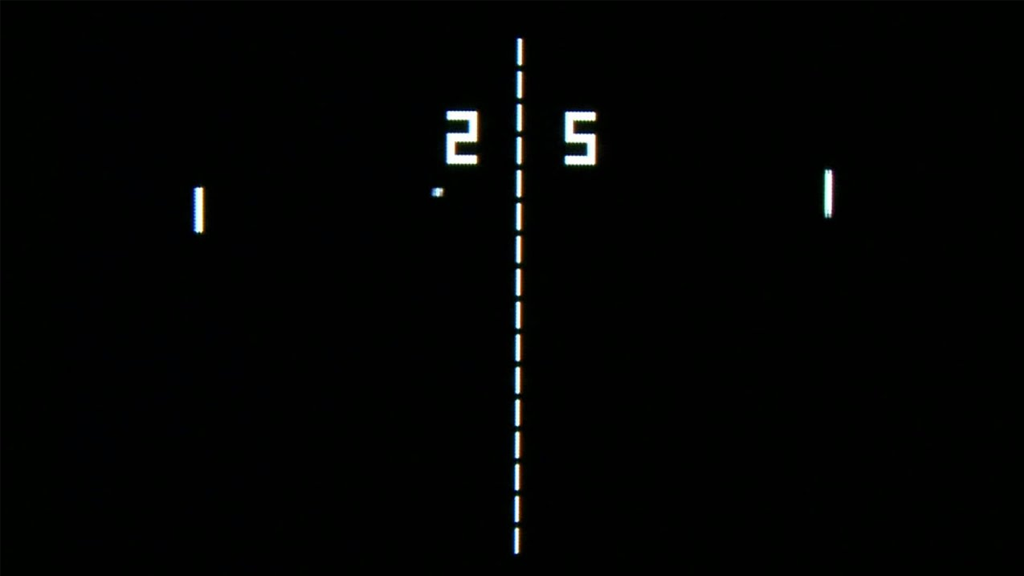
-
1983: The Video Game Crash - A major industry downturn caused by market saturation and poor-quality games led to a temporary collapse, but also paved the way for revitalization and innovation.

-
1985: The Nintendo Entertainment System (NES) - With its release, Nintendo revitalized the gaming industry post-crash and introduced a new era of home gaming, setting standards for game design and marketing.
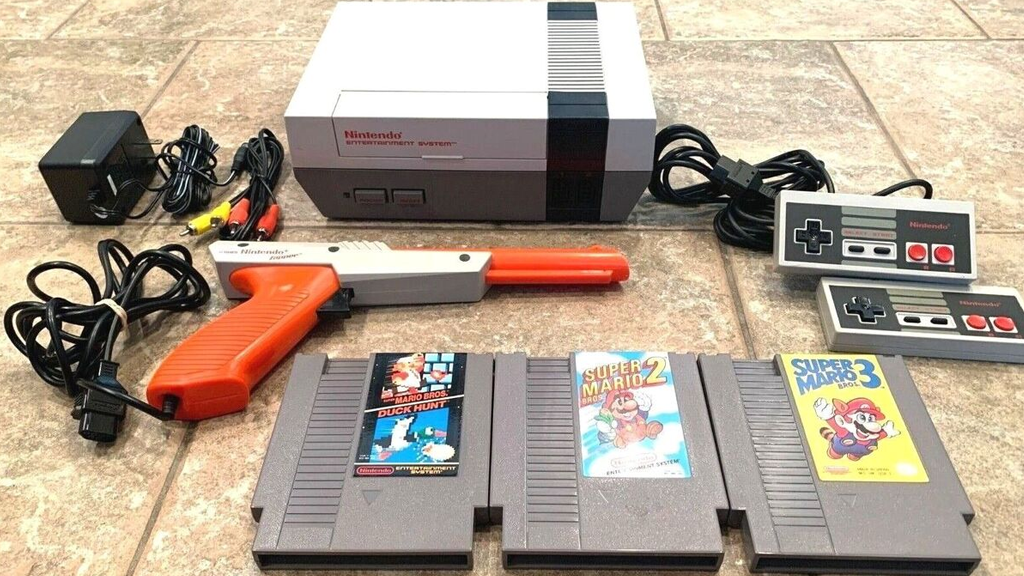
-
1991: "Sonic the Hedgehog" - Sega's introduction of Sonic helped to establish the mascot-driven branding strategy and intensified the "console wars" with Nintendo, driving innovation and competition in the industry.
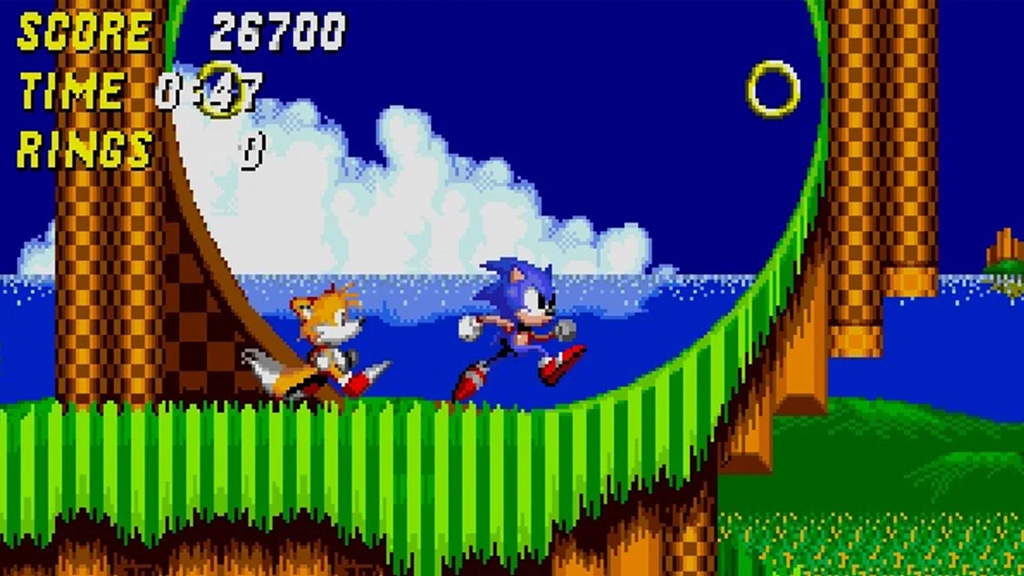
-
2004: The Rise of eSports - The formalization and commercialization of competitive gaming began to transform video gaming into a serious professional career and spectator sport.

-
2010: The Launch of "Minecraft" - Its success highlighted the potential of user-generated content and sandbox gameplay, influencing countless other games and becoming a cultural phenomenon.

Success as entertainment

Over the last decade, the video game industry has proven it is far more than just a passing trend; it's a resilient and evolving sector poised to entertain us for many years with its immersive storytelling and stunning graphics.
Read more about the growth of Arcades, Home Consoles, Handheld, PC and Mobile gaming here: 50 Years of Video Game Industry Revenues
Success in Aotearoa
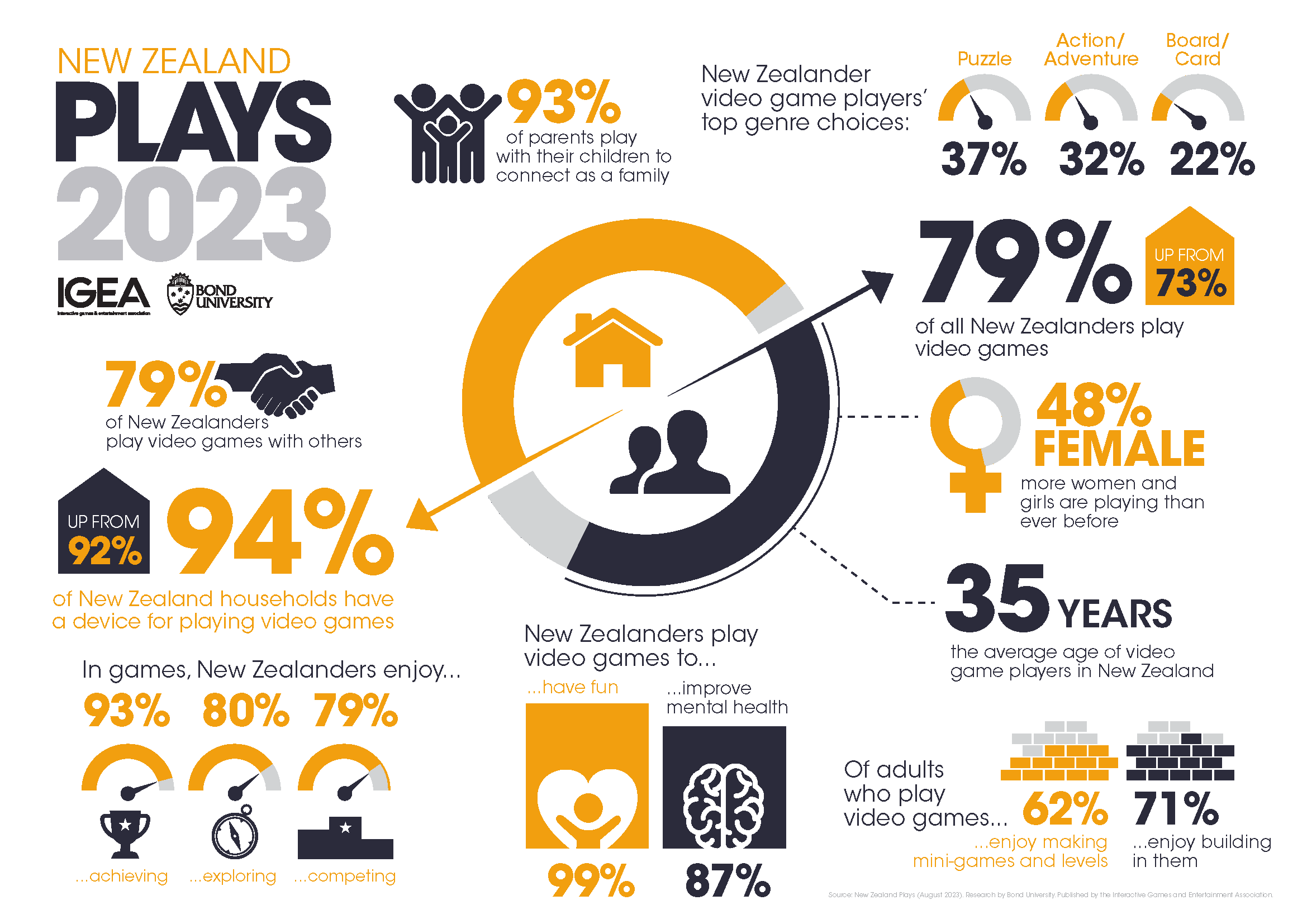
Read more about the demographics and behaviours of video game players in NZ here: New Zealand Plays 2023
Game Design or Game Development?
Game Design; Learning game design opens up diverse job opportunities, including roles in game development, animation, storytelling, user experience design, and project management, across various sectors such as entertainment, technology, and education.
Game Development; Studying game development opens up a range of job opportunities, including positions as game programmers, designers, artists, sound engineers, and producers, enabling careers in both large studios and independent development teams across the entertainment and technology industries.
Studio/s to look out for!
Follow the link for each studio to learn more about where they are and what they do:
Based in Wellington, Synty Studios is renowned for creating high-quality 3D asset packs for game developers.
Based in Wellington, Weta Workshop is celebrated globally for its groundbreaking work in film special effects and creature design.
Based in Wellington, Dinosaur Polo Club is known for its popular and critically acclaimed game "Mini Metro."
Based in Auckland, Grinding Gear Games is acclaimed for its successful action RPG, "Path of Exile."
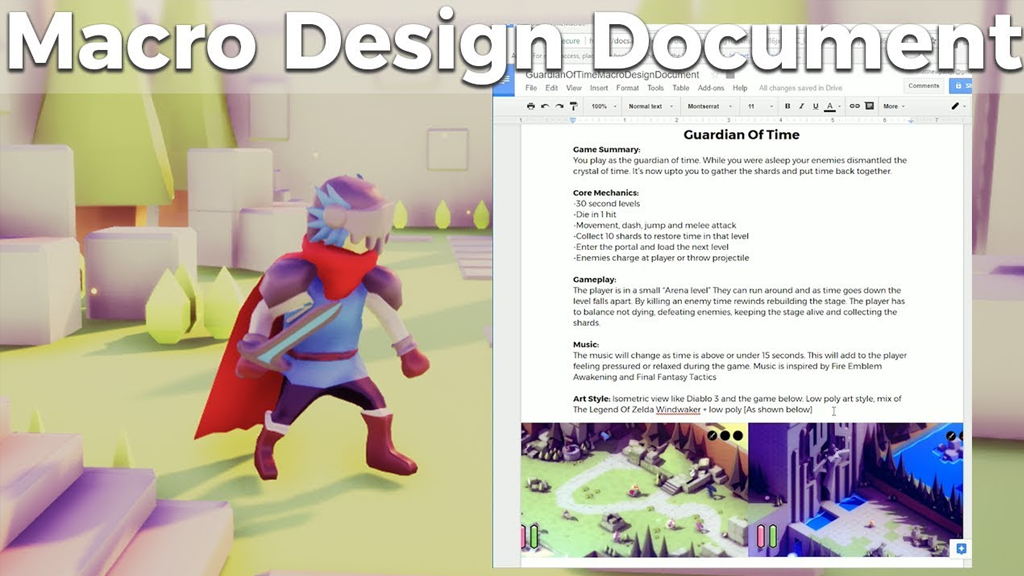
A game design document (GDD) is a key resource for anyone creating a video game, especially for first-time designers. It serves as a detailed outline that captures everything about your game, including the story, gameplay mechanics, art style, and character designs. For new designers, writing a GDD helps organize your thoughts and ensures that everyone involved understands the vision for the game. It acts like a roadmap, guiding you through the development process and making it easier to communicate with your team. By having a clear plan in place, you’re more likely to turn your game idea into a successful final product.
Game Design Document Examples
DOOM Bible (Design Document)
DOOM (DOS) is a classic first-person shooter released in 1993 where you play as a space marine fighting demons and monsters on Mars. The game features various weapons, engaging levels, and a catchy soundtrack. Known for its groundbreaking 3D graphics and early multiplayer options, DOOM played a key role in shaping the shooter genre and remains an iconic game in history.
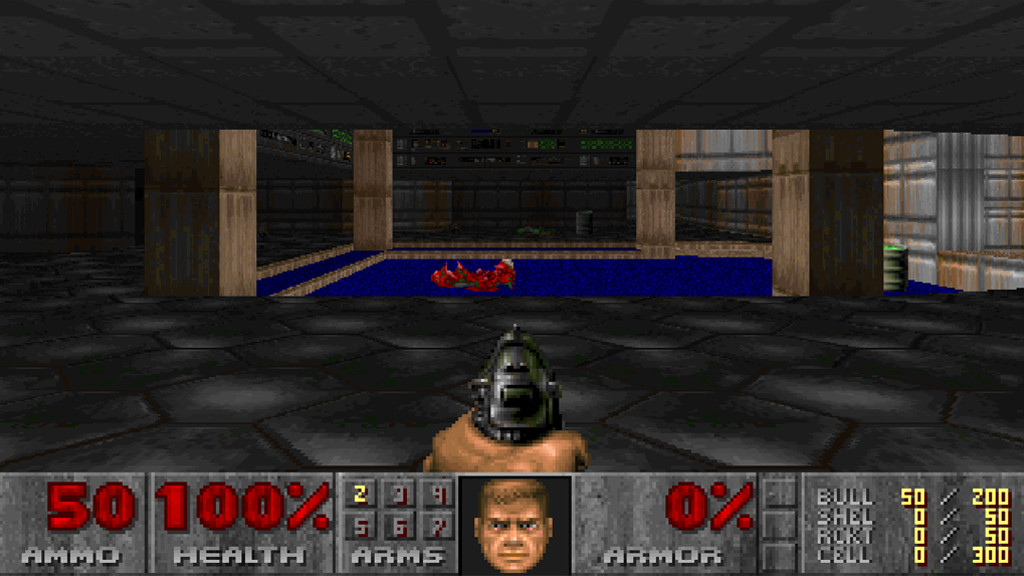
Diablo (1997) Design Document
Diablo (1997) is an action role-playing game set in the dark world of Sanctuary, where players fight the demon Diablo and his minions. You can choose from three character classes—Warrior, Rogue, or Sorcerer—and explore randomly generated dungeons filled with monsters and treasure. The game is known for its exciting loot system, allowing players to find powerful weapons and gear. With its eerie atmosphere and engaging gameplay, Diablo became a major influence on future action RPGs and remains a beloved classic.
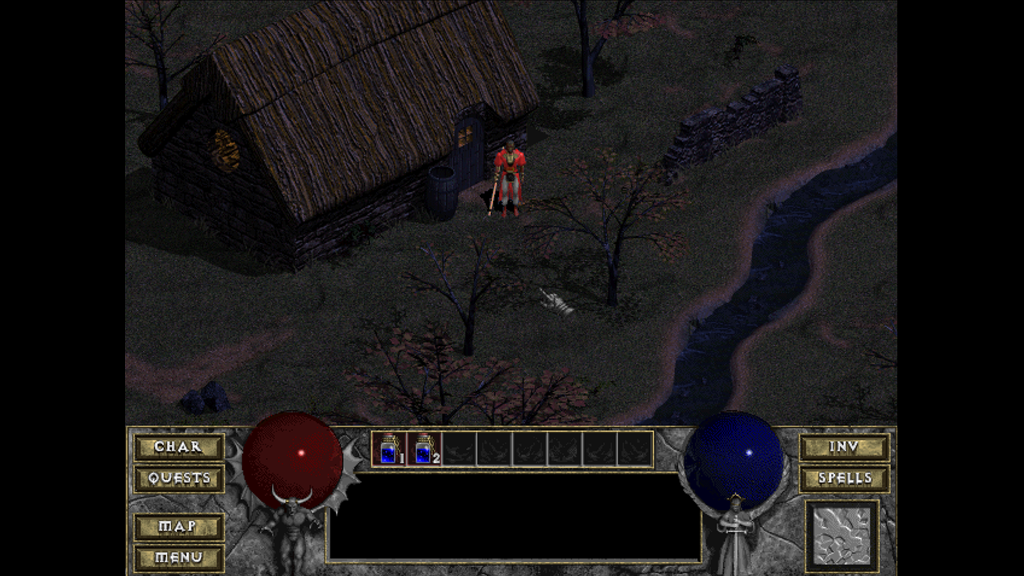
Race'n' Chase Design Document
Grand Theft Auto (GTA) 1, released for the PlayStation 1 in 1997, is an open-world action game where players navigate a top-down view of fictional cities like Liberty City and Vice City. You play as a criminal completing missions like stealing cars and fighting off police and gangs. The game combines driving and shooting elements, set to a catchy soundtrack. GTA 1 was groundbreaking and helped start a hugely popular series that continues to shape gaming today.
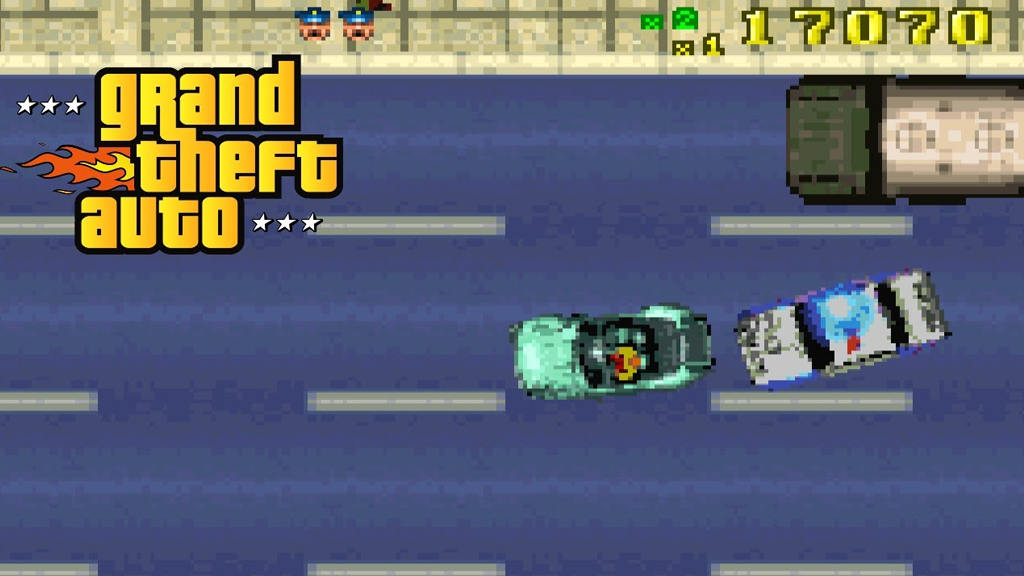
In this activity, your task is to either download or create a copy of the Game Design Document template.
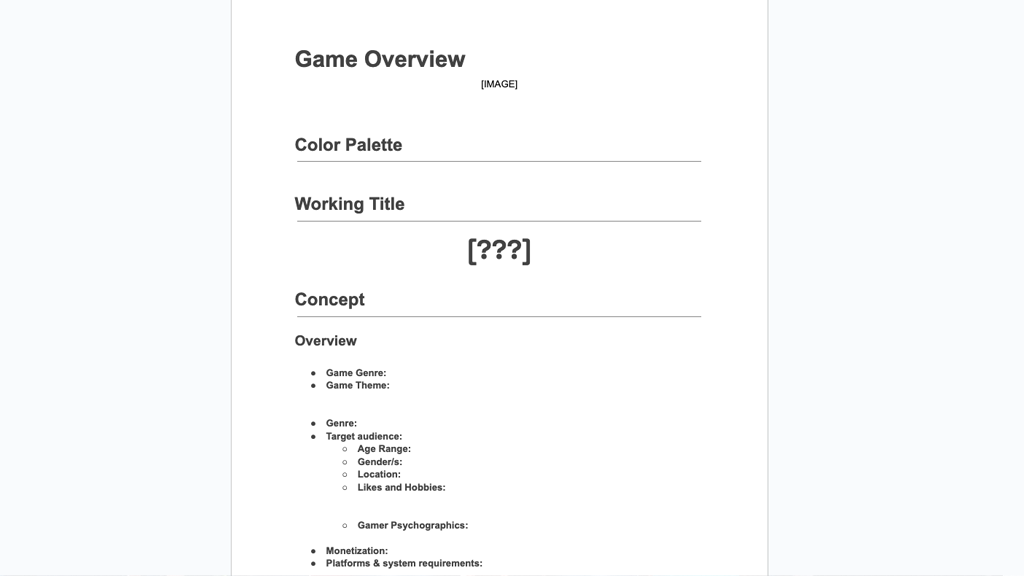
Your Task
After you have a copy of the template, take some time to review its elements to understand what’s needed for creating a design document for your own First-Person Shooter. Each practical activity will add to your design document, so be sure to complete them all.
[Download Link] + [Google Doc Link]

